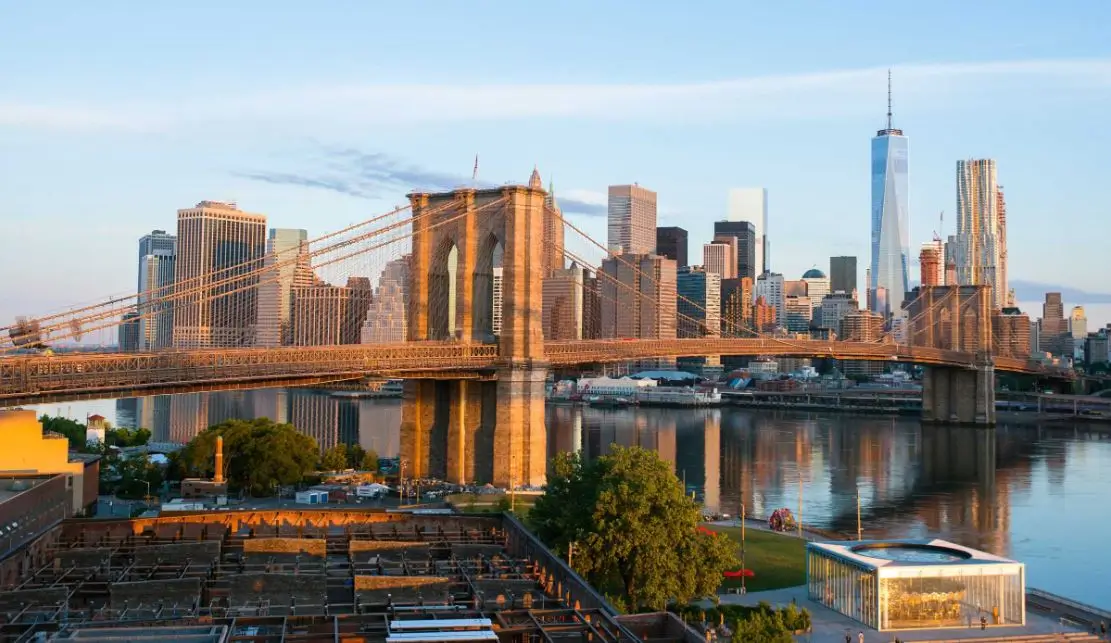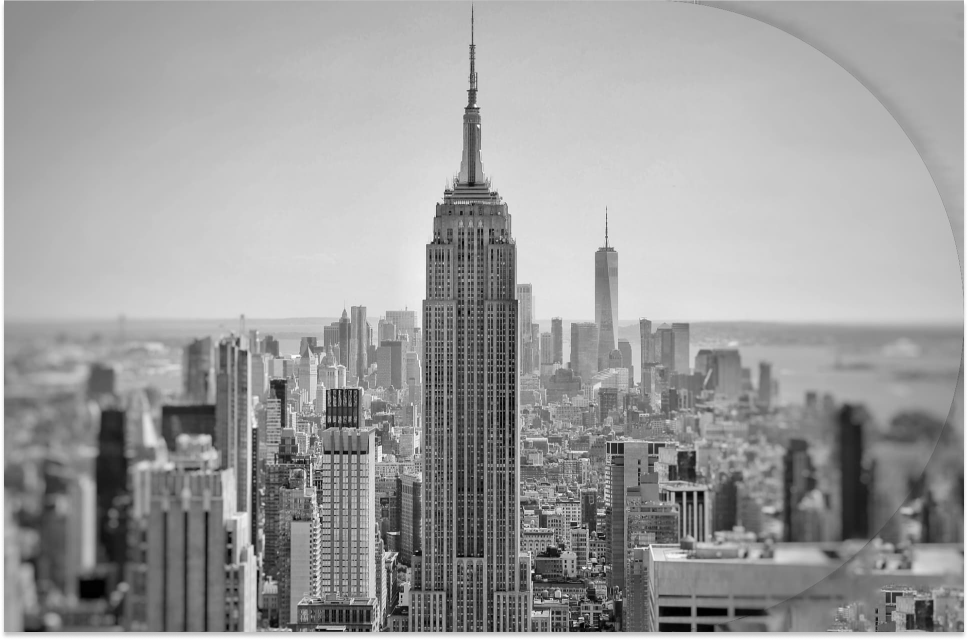The Brooklyn Bridge, completed in 1883, epitomizes the confluence of technological innovation and architectural splendor, marking a significant epoch in urban development and engineering. As one navigates through its expansive promenade, the bridge offers a palpable narrative of resilience, having endured numerous challenges from its tumultuous construction phase to surviving modern-day demands. Its dual role as a functional transport link and a cultural icon raises intriguing questions about the evolution of urban landscapes and the enduring symbols within them. But how has this emblematic structure influenced contemporary urban planning and architectural practices? And what can its enduring relevance tell us about the future of city development?
Historical Significance
The Brooklyn Bridge, inaugurated in 1883, stands as a monumental feat in civil engineering, symbolizing the innovative spirit of the late 19th century. Designed by John A. Roebling, this architectural marvel was one of the earliest suspension bridges and utilized steel-wire cables, setting a precedent in bridge construction.
Its completion not only demonstrated the potential of industrial materials but also marked a significant leap in urban connectivity, altering perceptions of distance and transportation. The construction process itself, fraught with challenges including Roebling’s untimely death and numerous worker injuries, is a testament to the era’s relentless pursuit of progress.
The bridge’s enduring presence reminds us of our collective capacity to overcome adversity through innovation and cooperation, resonating deeply with our societal ethos.
Cultural and Urban Impact
Beyond its engineering feats, the Brooklyn Bridge profoundly influenced the cultural and urban landscape of New York City. As a vital artery connecting Manhattan and Brooklyn, it fosters a unique blend of cultural exchanges that have enriched both boroughs.
The bridge itself has become a symbol of resilience and innovation, embodying the spirit of New York in its architecture and the diverse millions who traverse it. It catalyzed economic growth, making Brooklyn a more accessible and desirable place to live and work, thus intensifying its urban development.
Artists, filmmakers, and photographers have immortalized the bridge in countless works, further embedding it in the cultural consciousness. This iconic structure not only bridges rivers but also people and ideas, continually shaping the city’s identity.



